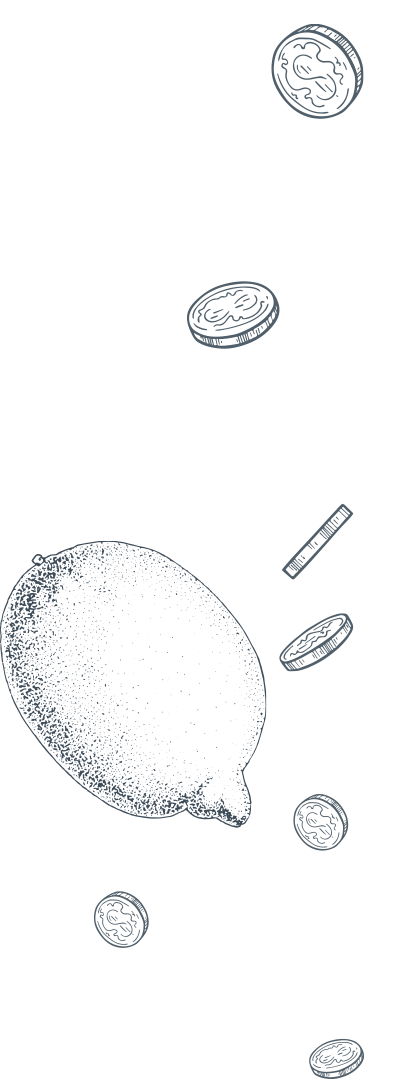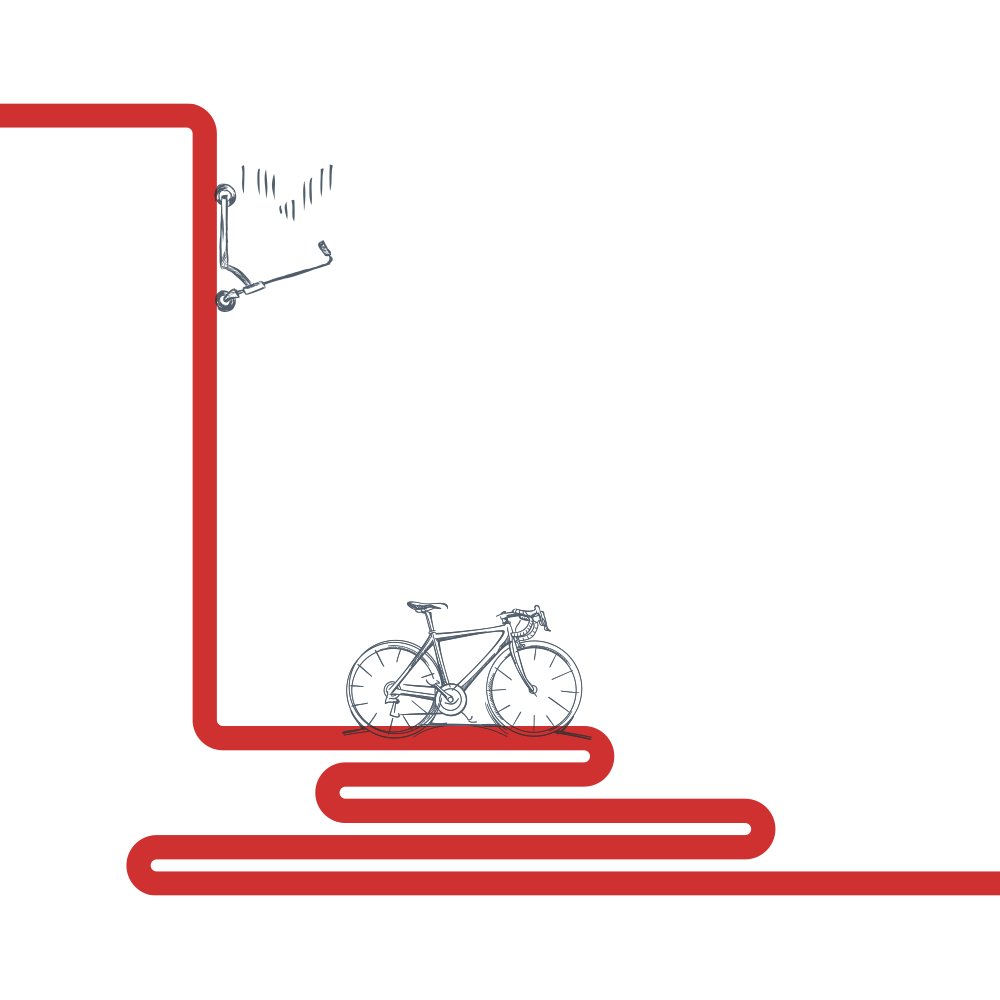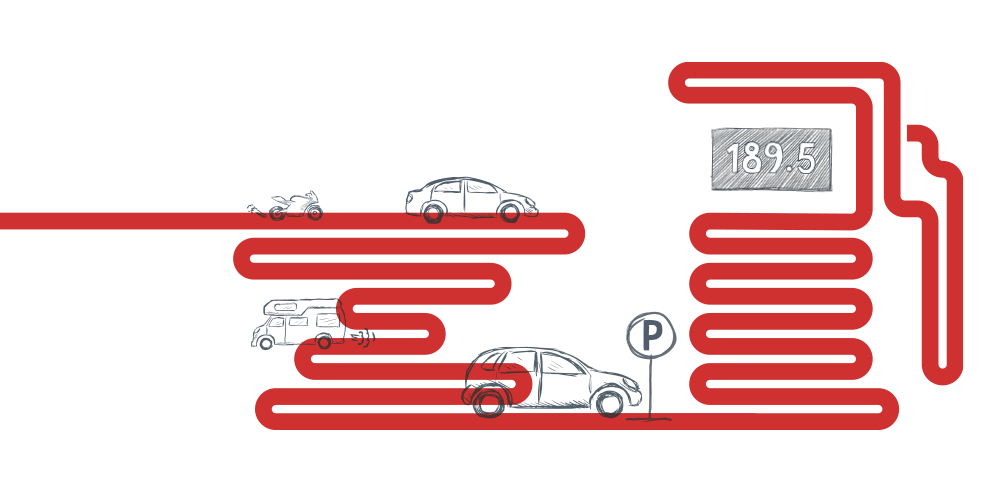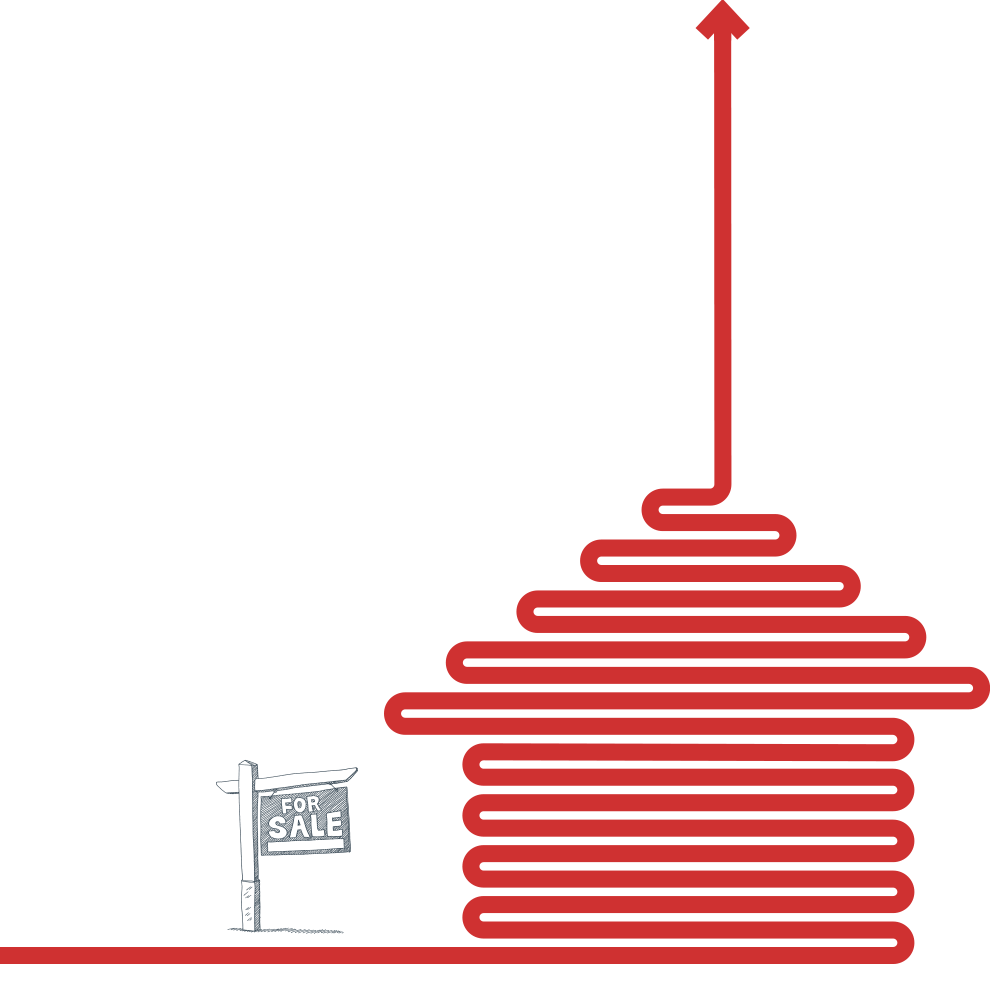
Canadians are struggling with rising costs due to a perfect storm of economic influences.
Canadians are well aware of the increased cost of living as each trip to the grocery store tallies higher and higher despite fewer items in the cart.
That feeling is also familiar at the gas pump as the price to fill up reached record highs across the country early in the summer. On top of that, add increased insurance rates, price hikes for coffee and extra charges at the movie theatre. The fact that wage growth is not keeping up with the rate of inflation has left many to watch their cheques being stretched thin from payday to payday, causing stress and provoking lifestyle changes.
How bad is it?
Simply put, says Dr. Anupam Das, PhD, an economics professor at MRU, inflation is the increase in price for goods and services over a period of time. Generally measured year over year, Canada’s inflation rate hit 8.1 per cent in June, the highest it’s been in nearly four decades. That means that the cost for goods and services (things like housing, food, transportation and entertainment) was 8.1 per cent higher than just 12 months ago.
The last time inflation rose that much annually was in 1983, when Star Wars: Return of the Jedi was playing in cinemas, “Every Breath You Take” by The Police and Michael Jackson’s “Billie Jean” were two of the top songs playing on the radio, and the world met Mario in the first-ever Mario Brothers Nintendo game. A maximum two per cent inflation rate is the target set by the Bank of Canada (BoC). The target rate was established in 1991 after inflation reached record highs in the late 1970s and early 1980s, hitting 12 per cent in 1981.
Inflation has been above the two per cent target for more than a year. But although things were bad 40 years ago, they are even worse now. According to the BoC’s inflation calculator, a basket of consumer goods and services worth $100 in 1981 would csmost the average person $303.38 today.

Prices for fresh fruits and vegetables as well as meat products are all up roughly 10 per cent compared to 2021. But, it’s not just produce wracking up your grocery bill. Canada’s Dairy
Commission approved two milk price increases, a rare move that came less than halfway through the year. In its decision, the Commission cited inflation as the reason for the hikes, pointing out that even with two increases this year the price of dairy is only up just over seven per cent over five years as compared to eggs, fish and meat, which saw increases of 21, 32 and 14 per cent, respectively, over the same period.
According to economists, the cost of food and shelter are the primary drivers of rising inflation. Statistics Canada data (August) shows food prices are up 10.8 per cent year over year while costs for shelter are up more than 6.6 per cent.
While those numbers do paint a bleak picture, the real-time experience of Canadians is even more alarming as almost three in four say rising food prices are keeping them from meeting other day-to-day expenses.
Das explains that generally inflation happens for one of two reasons: an increase in demand or a decrease in supply. Canada’s current inflation rate can be blamed on both, he says. “The demand side of inflation comes from the fact that as the economy started coming out of COVID-19, people are getting more and more jobs, companies are hiring more, people are now going out more. We see that demand is pushing prices up.
“Now, at the same time, for several reasons, there is supply side inflation too. Number one because there are some shortages of all sorts of things that COVID caused.” Russia’s invasion of Uxraine is another reason prices are up around the world.

Das explains that globally, oil prices are a major determinant of the supply side of inflation and the conflict has caused a large supply gap as western countries introduced sanctions against Russia, including on its oil.
The country is responsible for 13 per cent of the world’s crude exports so, naturally, markets were thrown for a loop when the war began in February. It’s not just crude oil prices that are affected. Ukraine exports almost half of the world’s sunflower seed oil, and Russia is second at 23 per cent. The invasion began in the first quarter of the year, but its impacts are being felt months later. In May, Statistics Canada recorded the largest increase ever (30 per cent) for cooking oils and edible fats.
For context, three litres of vegetable oil cost, on average, just over $6 in 2018. The same volume costs about $11 in 2022.
There are other contributors, too, such as natural disasters like the November 2021 floods in B.C., which caused widespread supply chain issues in Western Canada that had ripple effects across the country.
Although it’s not much consolation, Das points out that inflation is not just a Canadian problem, but one that is affecting other countries as well.
“Inflation hit seven per cent in the U.S. way before Canada. There is a global inflationary problem.”
Inflation can also be a matter of perception, Das says.
“Inflation is the change in price from one period to another. During COVID times our prices were actually quite low because we did not see a lot of economic activities. So, any change in price will be kind of amplified when you see the inflationary number.”
Das uses fuel as an example. In early 2020, gas was averaging between 80 and 90 cents per litre in Calgary. That price shot up to $1.91 per litre in the late spring. “It started with a low price so any change in price will look big. Now, of course, the price change is big, I mean we have not paid $1.91 in recent history. But when we start with 80-cent gas, even the jump up to $1.20 looks big.”
Gasoline prices across Canada over the summer were up 54.6 per cent compared to 2021.
“Perhaps companies are paying their employees more. But the important issue here is that employees are still worse off because the wage growth is not keeping up at the same pace with inflation.”
— Anupam Das, PhD professor of economics
Bigger bills and skinnier wallets
Wages have been rising, according to the Conference Board of Canada, although not by enough to match inflation. Das points out that data from the Conference Board (a non-profit, non-partisan think tank) shows hourly wages rose by 5.2 per cent between 2021 and 2022, while inflation hit 8.1 per cent.
“Perhaps companies are paying their employees more. But the important issue here is that employees are still worse off because the wage growth is not keeping up at the same pace with inflation,” he says.
This comes as the wage gap between the lowest and highest earners in the country continues to widen. While wages and salaries for lower-income earners have been going up, their average disposable incomes are going down. Conversely, the first quarter of 2022 saw the disposable income of the top 20 per cent of earners go up (roughly two per cent, year over year). That, coupled with the expiry of government pandemic support measures, Das says, is causing a further divide between the lowest and highest earners.
According to Statistics Canada, even though low-income earners have seen salary and wage gains, the ending of programs like the Canada Emergency Response Benefit have had “more significant repercussions.”
Das says that on top of this, racial and gender wage gaps still exist.
“Racial minorities and women have historically received fewer dollars than that of Caucasian Canadians who are men. It is possible that even when wages rise, marginalized people of society will not see the same wage growth.”

How do we fix inflation?
To combat inflation, the BoC has increased its benchmark interest rate multiple times already this year. It is important to know the basics of how the borrowing system works in order to understand how this affects inflation.
Average people borrow money from commercial banks like BMO or RBC, and those banks borrow from the BoC. So, when the central bank raises interest rates, it costs the commercial banks more to borrow, increases that are passed on to consumers.
The BoC slashes or raises interest rates in an effort to regulate the economy (to a certain extent). When the economy is slow, interest rates are lowered to promote borrowing, investing and spending. Conversely, when inflation is high, rates are raised to slow the economy. In early September, the BoC raised its overnight rate by 75 basis points to 3.25 per cent. Interest rates have been raised five times so far in 2022, with analysts predicting another hike to bring it to four per cent.
Commercial banks were quick to follow suit, raising their lending rates as well, with the cost to borrow ranging anywhere from three to five per cent. Das believes that the hike will help, but it won’t bring things down to pre-pandemic levels.
“By increasing their own interest rate, the BoC is slowing down the economy. It’s not just consumers who borrow money from banks … farms and other businesses also borrow money from banks. So, businesses like farms will then have increased operational costs and will slow down their activities. For consumers, it costs more to borrow money, so they too will slow their spending and this is how it trickles down from the BoC to the overall economy.”
And while all of this might mean cheaper groceries and gas eventually, there is a risk of some people getting caught in the crossfire, so to speak.
Bennett says anyone who is up for a mortgage renewal will likely face a much higher rate. And for those who aren’t homeowners yet, getting into the market might come with a hefty price tag that will only grow with the higher cost of borrowing.
In its most recent quarterly report, the National Bank of Canada’s Housing Affordability Monitor reports home prices in Calgary are on the rise. At an average cost of $542,901, a household needs to make at least $121,068 per year in order to afford a home and save for 39 months at a rate of 10 per cent for the down payment.
The condo market in Calgary is much more affordable, says the National Bank, which reports that there is a long-term discount for those who buy a two-bedroom condo as opposed to renting. Those looking to buy need to make just over $56,000 a year and save for 17 months (again at a rate of 10 per cent) to afford the average condo, for which the mean price is $251,412.
These prices might be out of reach for many, especially when combined with high prices for energy and food and wages not keeping up with costs. However, Calgary is on the lower end of the scale as compared to other major Canadian cities in terms of mortgage payments as a percentage of income. Those living in a house in the city spend roughly 37 per cent of their income towards mortgage payments while condo owners spend about 17 per cent.
How do we cope?
Alumnus Eric Bennett, a senior wealth advisor with ScotiaMcLeod/Scotia Wealth Management and a member of MRU’s Alumni Council, stresses that this inflationary period will level off. In the meantime, however, how are people going to manage?
“The dreaded ‘b-word,’” Bennett says when asked what tips he has for those struggling financially.
“It’s one of those things that nobody likes to do or talk about. It’s a pain,” he says, pointing out that in his experience less than five per cent of clients have worked out solid budgets.
“It’s all the small things. I call it death by a thousand cuts.”
— Eric Bennett senior wealth advisor, Scotia McLeod/Scotia Wealth Management
“During tough times like these, sit down, write out everything from your Netflix to your internet costs to your cell phone to your food to everything. And track that over maybe the last three months to get a good feel for what your true monthly burn rate is.”
Bennett says this is an efficient way to outline exactly where your money goes and what your costs are.
“It’s all the small things. I call it death by a thousand cuts. It’s just the small little leakage you have here and there with buying coffee and not paying attention to where all the expenses are going. Some people have multiple Netflix accounts and they don’t even know.”
Now is not the time to be “keeping up with the Joneses,” Bennett says, and instead people should focus on what costs can be cut temporarily while prices are so high.
Bennett suggests taking advantage of technology available to help budget, such as apps.
A recent BoC survey shows how Canadians are adapting to higher prices. Many are postponing major purchases and cutting unnecessary spending, especially those in lower-income households. On top of that, more people are shopping for items that are on sale or buying more generic brands as opposed to name brands.
The survey also found that some are using cheaper forms of commuting, like cycling, to help limit gas spending.
There’s no doubt that Canadians are feeling the financial pinch. Things will get better eventually, but likely not as quickly as hoped. Inflation is already on its way down, but the decline is at a much more leisurely pace than the rise. In July, inflation was at 7.6 per cent, and by August it was at 7 per cent. It’s not much solace, but Canadians have weathered the inflation storm before and are finding ways to face what comes ahead.


